Google's SEO Update Hits Digital Publishers' Revenue Hard
Google's latest SEO update is hitting digital publishers hard, slashing revenue. Explore how this change impacts the industry and what strategies can help navigate it.on Feb 18, 2025
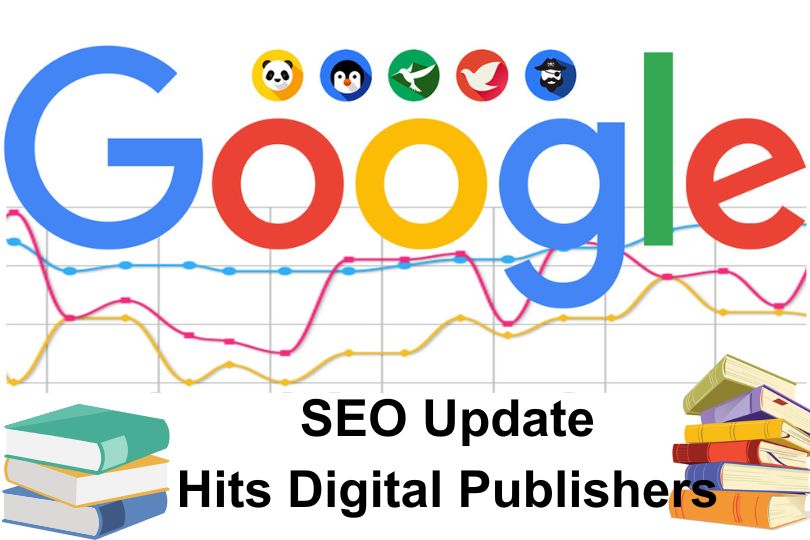
Google's restrictions on indexing sponsored content for SEO rankings place publishers in further jeopardy of losing another sizeable chunk of their revenue.
Digital media publishers across India and beyond are in crisis, with tightening search indexing rules from Google threatening to unravel the advertising-based revenue model many publishers depend on.
Google's core update and new spam policies of March 2024 have led to a sudden steep drop in search visibility for some of the world's largest digital news publishers: the likes of Forbes, Wall Street Journal, and CNN have now witnessed double-digit declines. Some Indian news publishers are said to have seen a traffic decline of 25-30% in the six months preceding this report."
According to the search visibility analytics firm Sistrix, that lost traffic is cumulatively worth at least $7.5 million globally.
These news publishers have been said to be profiting via third parties, who conduct affiliate businesses for these publishers on their domains and in their branding. This included pages of paid content, product reviews, and coupons among others.
In the past two years, site traffic, and thus revenues, have been drawn primarily from discount coupons and paid articles. Sponsored articles accounted for over 30 percent for total digital revenue, while coupon contribution was anywhere from 5 to 7 percent. By restricting indexing of content, we are looking at the dead loss of one-third of our revenue, the digital heads of the leading English and Hindi dailies told e4m.
Informed about it, Media houses that continue to "violate" the new policies will soon be slapped with a "penalty" notice, e4m has learned.
The timing of the blow is crucial as publishers are already faced with the challenge of a decline in traffic due to AI clarification from search engines.
The update
On 5 March 2024, Google launched a combined core update along with spam policies, the longest and biggest core update in history. In this update, which took 52 days to complete on April 19, Google directly affected the rankings of those sites that it found were more focused on SEO to the detriment of providing real value to human readers.
As complex as can be gleaned from Google's own blog, "The March 2024 core update is more complicated than our regular core updates and involves changes to multiple core systems. It is also an advancement in detecting helpfulness in content."
We've introduced upgraded versions of our original ranking algorithms to provide more valuable results, using numerous innovative ways and signals, just like many other systems we use to identify reliable information.
In this case, one more or less signal or instrumentation is deployed, and we've also included a newly developed FAQ page for further explanation on this change."
As this is a complex update, it is going to take longer than a month to finish the rollout. There will likely be more flux in the rankings than during a usual core update as various algorithms are getting updated together and reach an equilibrium again. There is nothing new or special a creator must do for this update so long as they create the content as satisfying for the intended audience."
Last June 5, Google further laid out its guidelines and said that a white-label service redistributing coupons to manipulate search rankings is considered a violation of its site reputation abuse policy. The update stipulated that publications must actively source coupons directly from merchants to avoid penalties or face a penalty.
"It was the previous version of the FAQ which did not define the need for publications to clarify how they source coupons. The idea behind this was to ensure that coupon content is genuinely useful to readers-a way of stopping publishers from falling back on something that would merely be a way to maximize search rankings," the expert expressed.
Google's reaction on the story was awaited up to the time of filing this story when the copy would be updated whenever they respond.
Challenging times
The enormity of different layered digital revenue issues for publishers are very complex.
Easily one of the most significant expressions of AI, a WARC report released about a week ago propounds: "According to an analysis conducted by SEER Interactive, before the dawn of AIOs, publishers could expect around a 4% click-through rate from an organic Google search position."
With an increasing percentage of Google searches being no-click, 58.5% of such searches by US users yielded no further interaction or resulted in other searching. The open web receives fewer than 36% of searches."
Combined, AI-driven search and Google's new policies are expected to result in the decline of organic visibility and ad impressions within 2024. Also, it has been mentioned that CPM (Cost Per Mille) rates have not increased with the years; in fact, they have seen a fall.
By the beginning of 1995, the online ad environment had only just begun to coalesce; CPM (Cost Per Mille) rates at that time remained within the confines of around $75 (approximately ₹3,000 at that time) for an average web banner ad in the United States.
Entrepreneurs say, "In India, during the year 2000, the CPM rates went up from ₹250 to over ₹1,000 depending on the popularity of the site. That said, in India currently the CPM for online banner ads stands between ₹50-150, irrespective of ad format, platform, and targeting specifics."
An executive stated, "With the exponential rise in online ad inventory, thanks to the vaster number of websites and digital platforms, this was one of the reasons that led to the decline in CPM prices. This increase in the number of ad spaces led to greater competition amongst the publishers, and this supply-side pressure had forced down ad rates further."
The drop in click-through rates has been another problem that has developed with time: "It used to be that the click-through collections (CTRs) at the very dawn of online advertising ranged anywhere from 4 to 0.40 percent; however, the DVAP considers anything under 0.3 percent an average CTR."
Market experts observe: "Just as ad effectiveness declined over time with the onset of ad saturation, ad fatigue, and changing consumer behaviour, their opposing effect on publishers finds them unable to count on ads as a viable source for financial sustainability."
"A decline in traffic could easily affect programmatic advertising due to its heavy reliance on traffic volume. Fewer impressions mean less ad revenue-which is a big concern with publishers already gripped with a squeezed margin," said an expert.
With jostling competition and some tough challenges in tow, the stark realization from it is one: publishers can no longer solely rely on advertising to be financially self-sustaining. Many are already looking for other alternatives for monetization-a paywall and premium memberships, Event Hosting, and Branded Content and Native Advertising.
"In order for some publishers to monetize their consumer insights, they are licensing anonymized but large data files of said insights to media buyers and marketers," said a publisher.
The road ahead
The Dalberg Advisors report estimates that by 2026, digital news will have reached 700 million users across India through an array of formats. The study also estimates that the average time an Indian citizen spends consuming news will rise from 44 minutes each day in 2020 to 49 minutes in 2026, mainly because of digital news.
Digital indeed enabled access to Hindi and regional language news online, and consumption is expected to grow by six to eight times faster than English news, with viewers and time spent themselves, the report indicated.
Amid these growth projections is the clear realization that the advertising model for digital news publishers is changing fundamentally.
"To flourish this new age, publishers must take to innovation, audience engagement, and revenue stream diversification. Quick and strategic adaptation of such will best position them to brave these headwinds and come out stronger in the changing digital landscape," quips a media executive.
For More Information Visit Frontlist

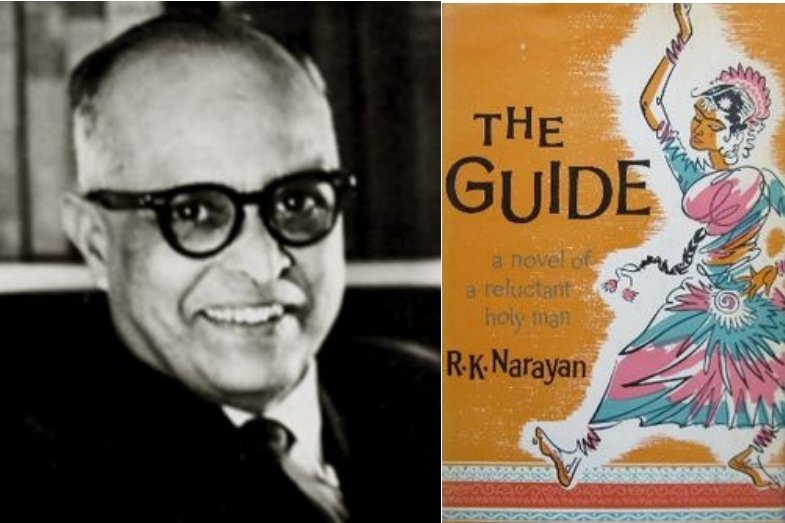
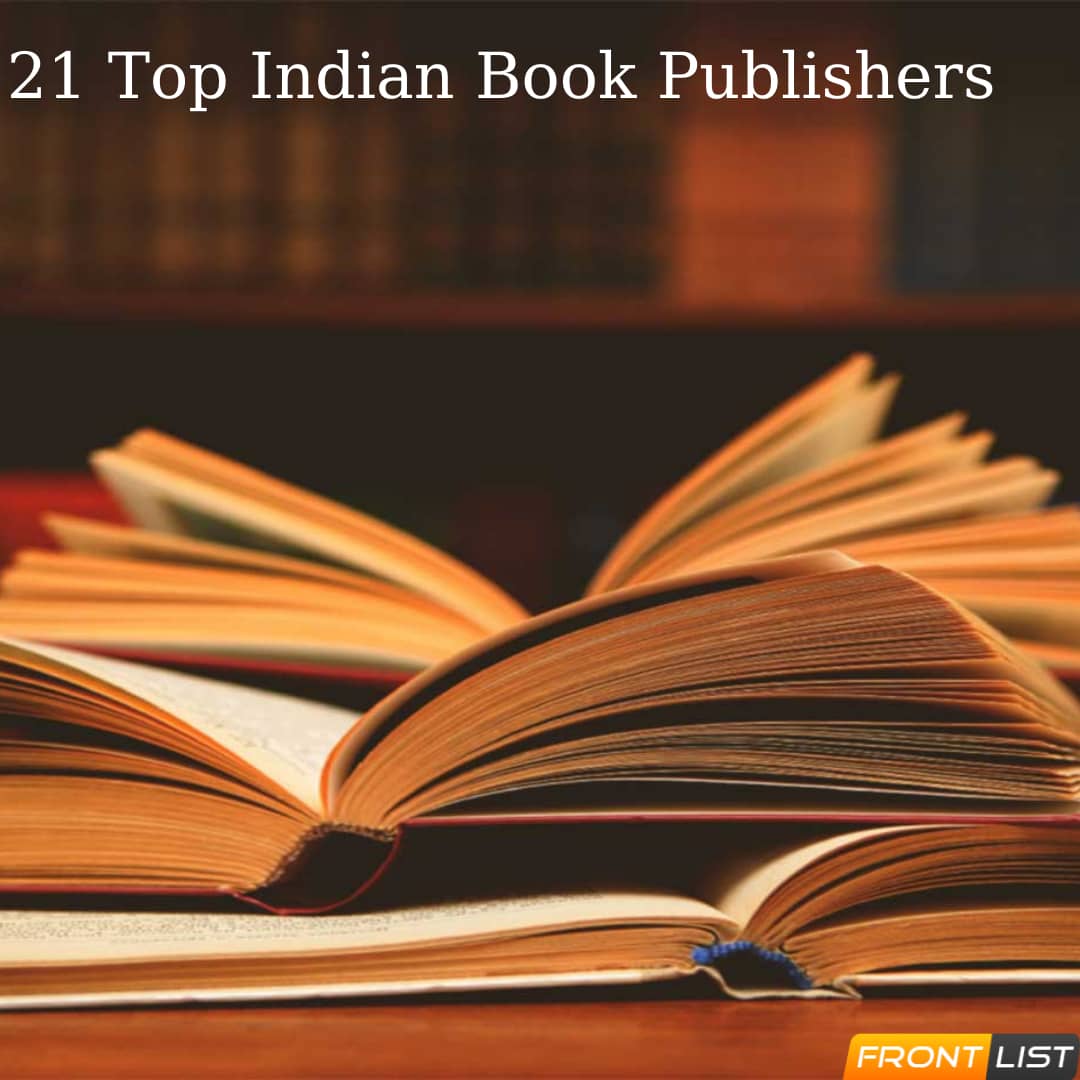
.jpg)



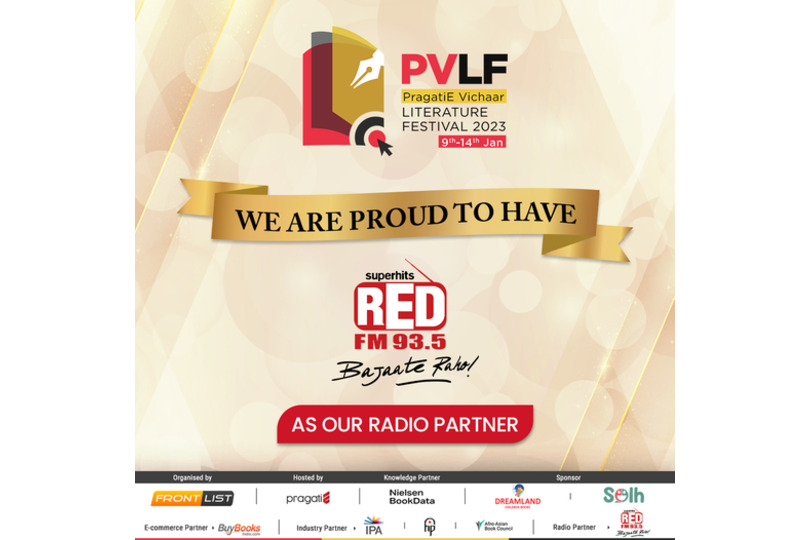
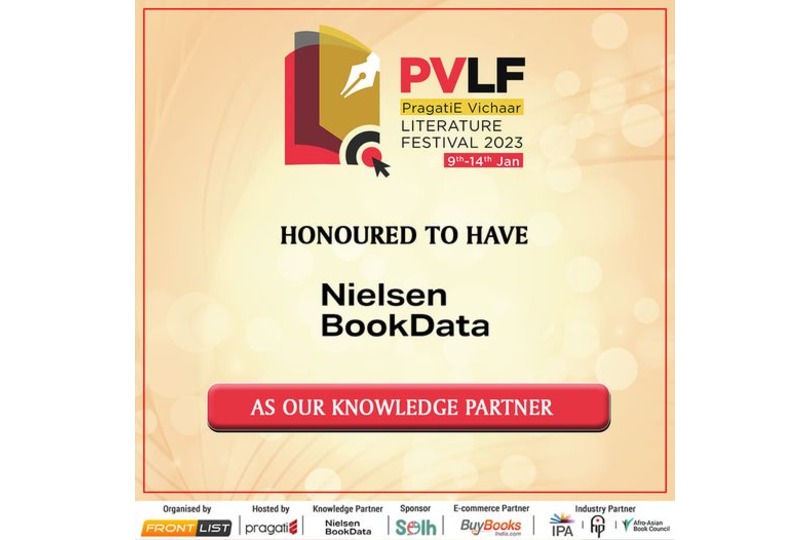
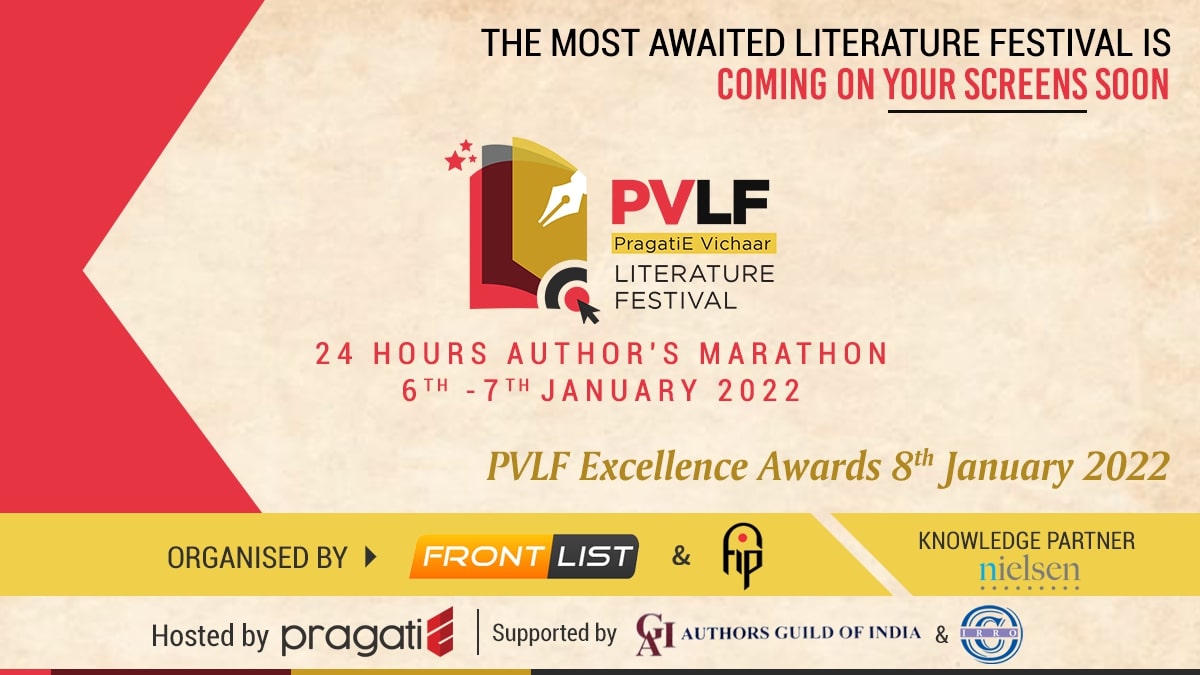
.jpg)

.jpg)
.jpg)
.jpg)
.jpg)
.jpg)

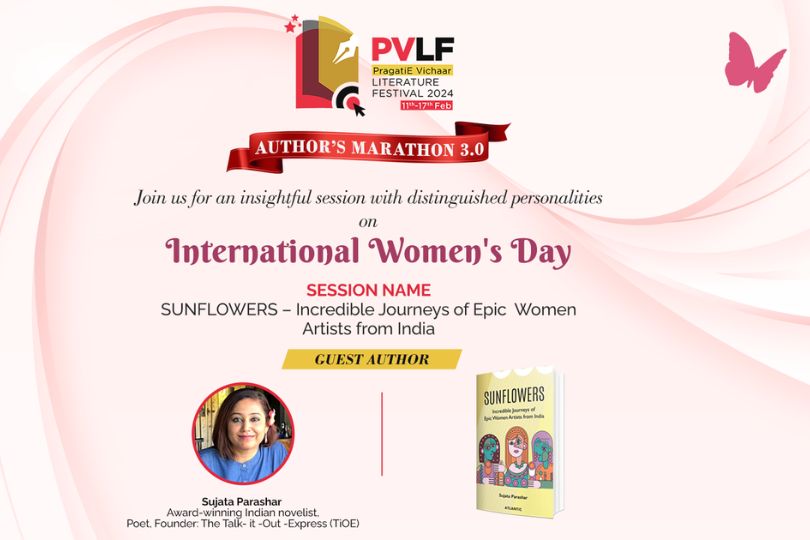








Sorry! No comment found for this post.